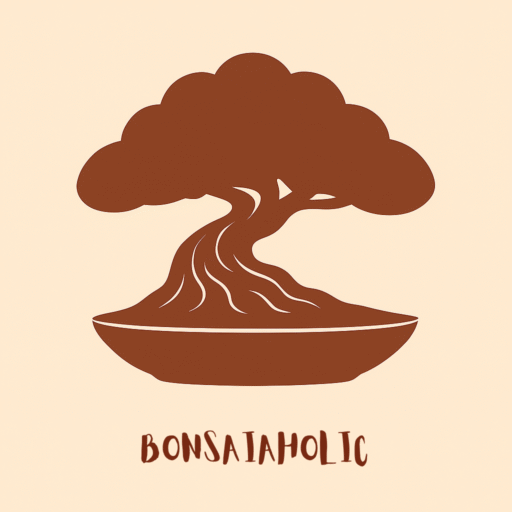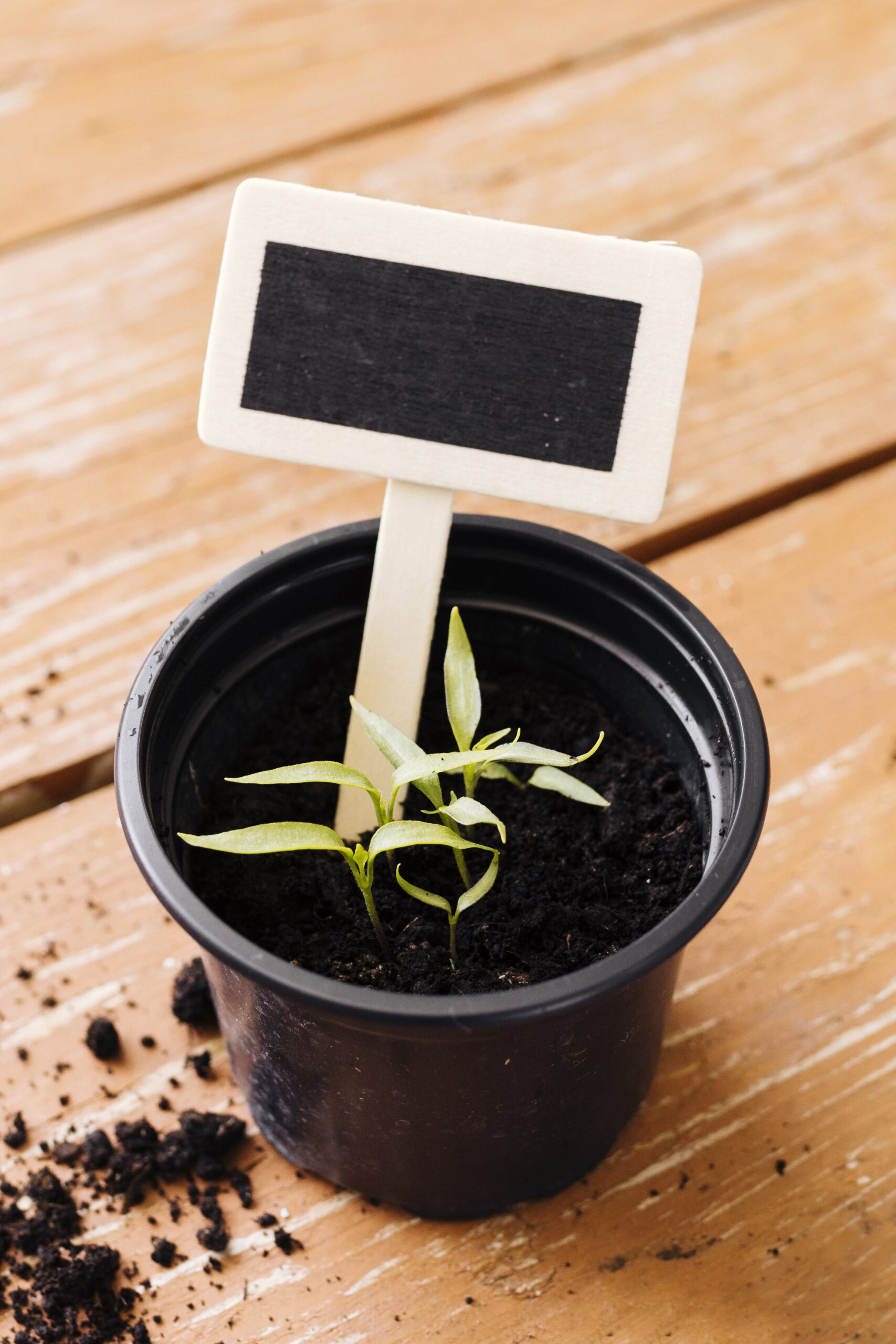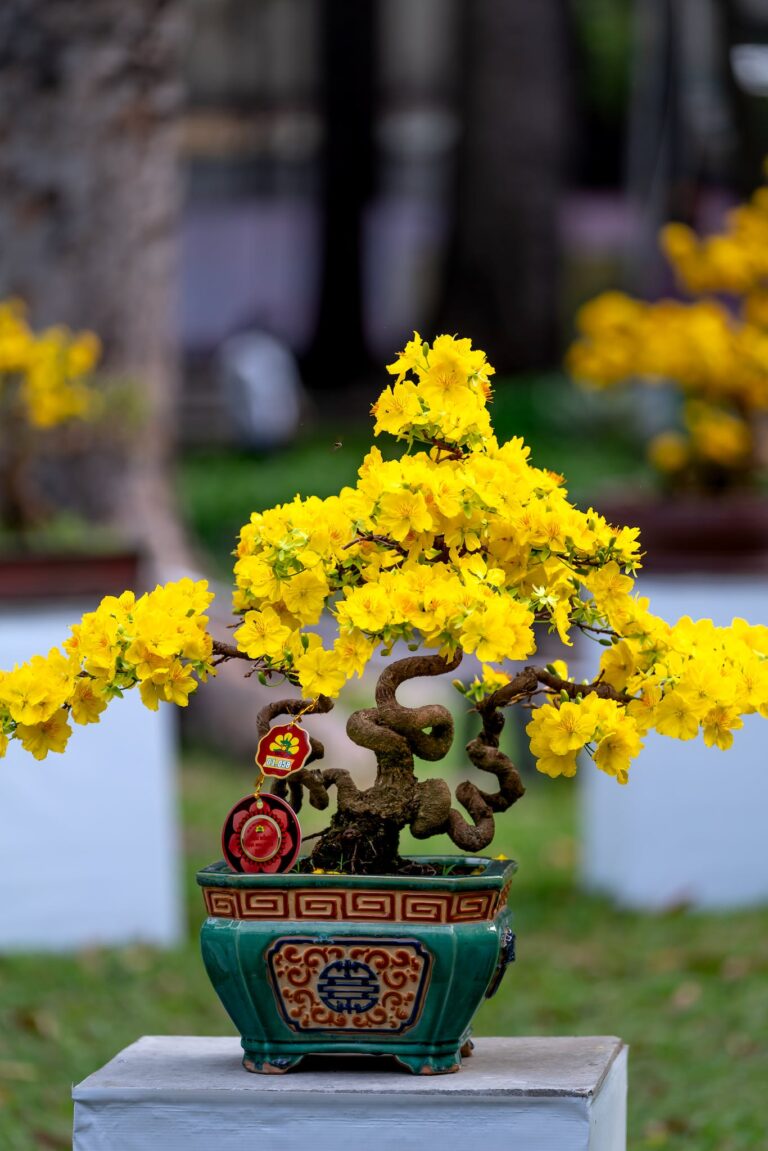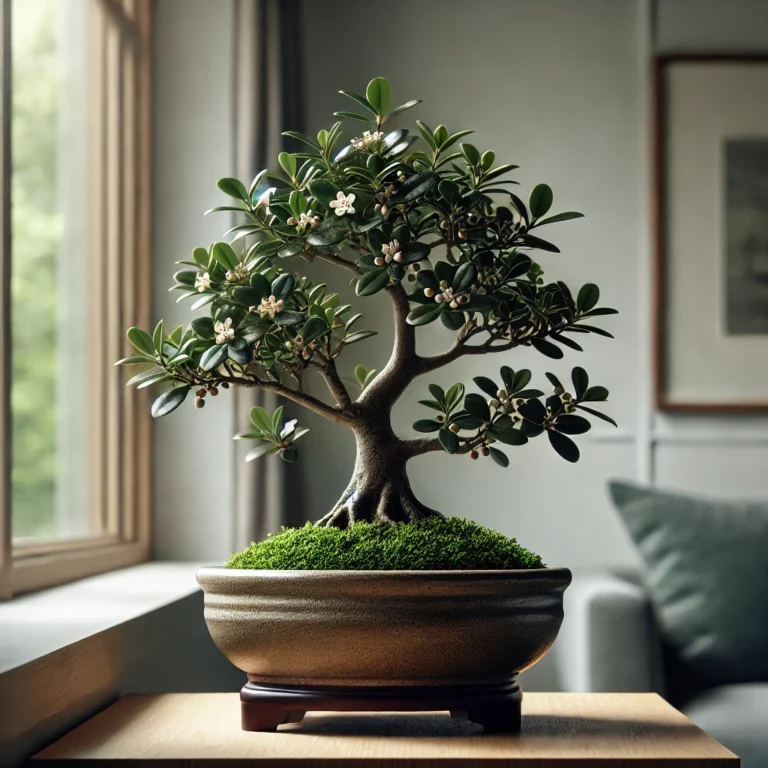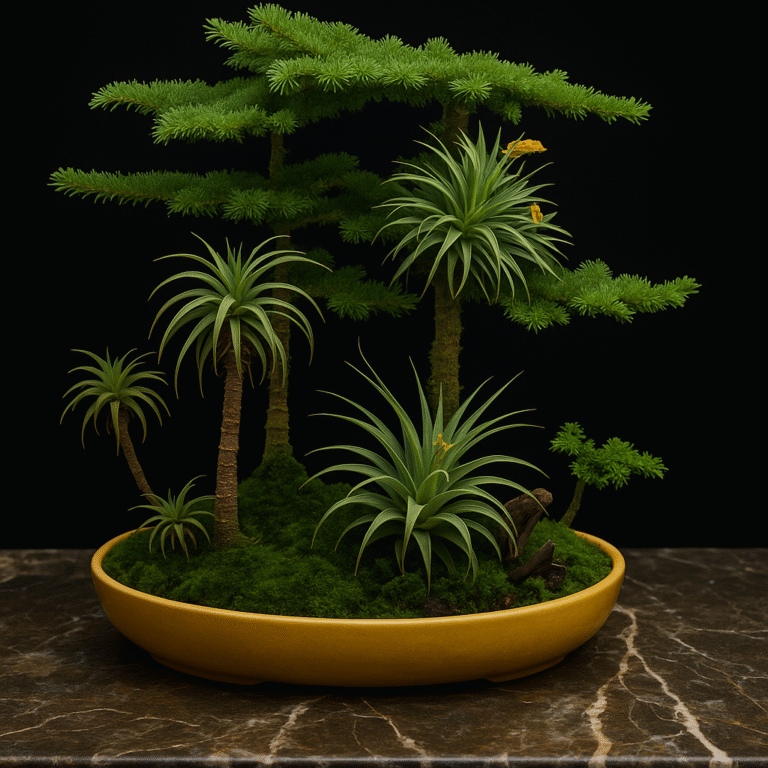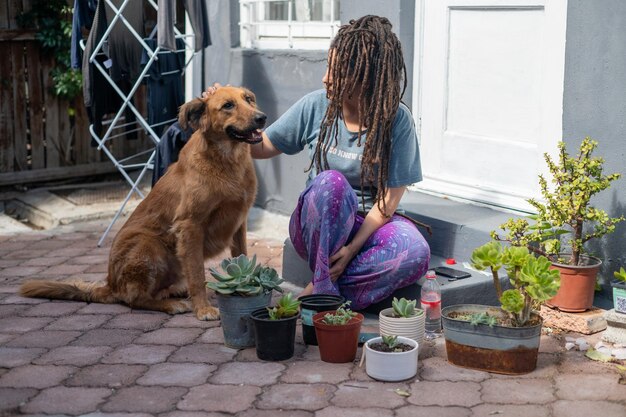Bonsaiaholic Guide to Sowing and Caring for Bonsai Seeds
Embarking on the journey of growing bonsai from seeds is a rewarding experience. While it requires patience and meticulous care, the result is a beautiful, miniature tree that reflects your dedication. This guide provides detailed instructions on Sowing and Caring for Bonsai Seeds, ensuring you achieve the best possible results.
Sowing and Caring for Bonsai Seeds
Different bonsai seeds have unique needs based on their origins and natural habitats. Familiarizing yourself with these requirements is crucial for successful germination and growth.
Reading Seed Packets
Before sowing, carefully read the instructions on your seed packets. These contain vital information about germination periods, soil temperatures, and specific care requirements. Maintaining the recommended soil temperature throughout germination is essential for healthy seed development. A seed heating mat can be an invaluable tool in achieving this consistency.
Preparing Bonsai Seeds
Proper preparation is key to successful bonsai seed germination. The process varies based on the seed type.
Stratification
Stratification involves treating seeds to simulate natural conditions, breaking dormancy, and encouraging germination. This can include soaking seeds in water or placing them between layers of moist paper towels.
Detailed Instructions for Sowing and Caring for Bonsai Seeds
Flame Tree (Delonix Regia)
- Soaking: Soak seeds in warm water for 24-48 hours.
- Cutting: Trim 1/8th of the pointy end of the seed casing.
- Planting: Sow seeds lengthwise in soil, 1/4″ to 1/2″ deep.
- Temperature: Maintain soil temperature between 70-80°F.
- Watering: Keep soil moist, not wet; mist daily.
Brazilian Rosewood (Jacaranda Mimosifolia)
- Soaking: Soak seeds between wet paper towels for 12-24 hours.
- Planting: Place seeds shallowly in soil, no deeper than 1/4″.
- Temperature: Keep soil at 85°F for optimal germination.
- Watering: Ensure soil remains moist but not waterlogged.
Colorado Blue Spruce, Black Spruce, Japanese Black Pine
- Soaking: Soak seeds in cool water for 8-12 hours.
- Planting: Sow seeds in loose soil, no deeper than 1/8″.
- Temperature: Keep soil cool at 65°F.
- Watering: Maintain even moisture without overwatering.
Dawn Redwood (Metasequoia Glyptostroboides)
- Preparation: Place seeds in a Ziploc bag with peat moss and refrigerate for one month.
- Planting: Sow seeds 1/8″ to 1/4″ deep in soil.
- Temperature: Maintain soil at 70°F.
- Watering: Keep soil consistently moist but not saturated.
Buddha Tree (Ficus Religiosa)
- Soaking: Soak seeds between wet paper towels for two days.
- Scarification: Lightly rub seeds with sandpaper.
- Planting: Sow seeds 1/16″ deep in soil.
- Temperature: Keep soil at 75°F.
- Watering: Mist soil regularly to maintain moisture.
Siberian Elm (Ulmus Pumila)
- Soaking: Soak seeds in water for one day.
- Planting: Sow seeds 1/4″ deep in soil.
- Temperature: Maintain soil temperature between 65-70°F.
- Watering: Ensure soil remains cool and moist.
Soil and Watering
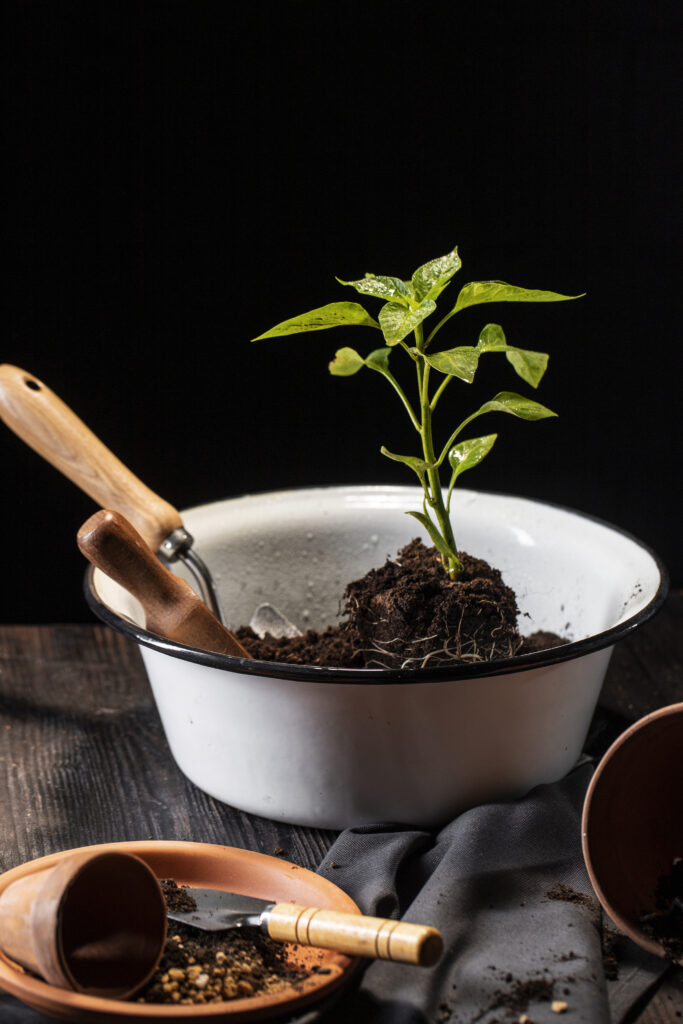
Choosing the Right Soil
Use seed-starting soil for planting bonsai seeds. Avoid bonsai soil until the seedlings have developed substantial root systems. Proper soil choice ensures better germination rates and healthier growth.
Watering Techniques
Monitor soil moisture carefully. Soil should be damp but not soaking wet. Overwatering can lead to seed rot and mold. Use a moisture meter or a wooden skewer to check soil hydration levels.
Light and Temperature
Providing Adequate Light
After germination, seedlings require ample light. Use LED grow lights for at least 10 hours a day, or conventional grow lights for 8-10 hours. Ensure that cooler varieties, such as spruces and elms, are kept in cool environments with sufficient light.
Plant Food and Thinning
Feeding Seedlings
Once seedlings develop their second set of leaves, they need nourishment. Use a water-based, low-dose organic plant food, low in nitrogen and rich in micronutrients, to promote healthy growth.
Thinning Seedlings
Thinning ensures the strongest seedlings thrive. Retain the healthiest seedling per pot, and use scissors to snip the weaker ones at the soil line. If desired, transplant the extras carefully to avoid root damage.
Transplanting Seedlings
Transplant seedlings only when they have matured sufficiently. Premature transplanting can damage tender roots and hinder growth. Refer to our detailed transplanting guide for best practices.
Diagram: Sowing and Caring for Bonsai Seeds
graph TD
A[Soak Seeds] –> B[Prepare Soil]
B –> C[Plant Seeds]
C –> D[Maintain Temperature]
D –> E[Monitor Watering]
E –> F[Provide Light]
F –> G[Feed Seedlings]
G –> H[Thin Seedlings]
H –> I[Transplant]
Endpoint
Growing bonsai from seeds is a journey of patience and precision. You can cultivate beautiful bonsai trees by understanding the Sowing and Caring for the specific needs of each seed type and providing the right care. Remember, each step, from preparation to transplanting, plays a crucial role in the successful growth of your bonsai. Happy growing!
